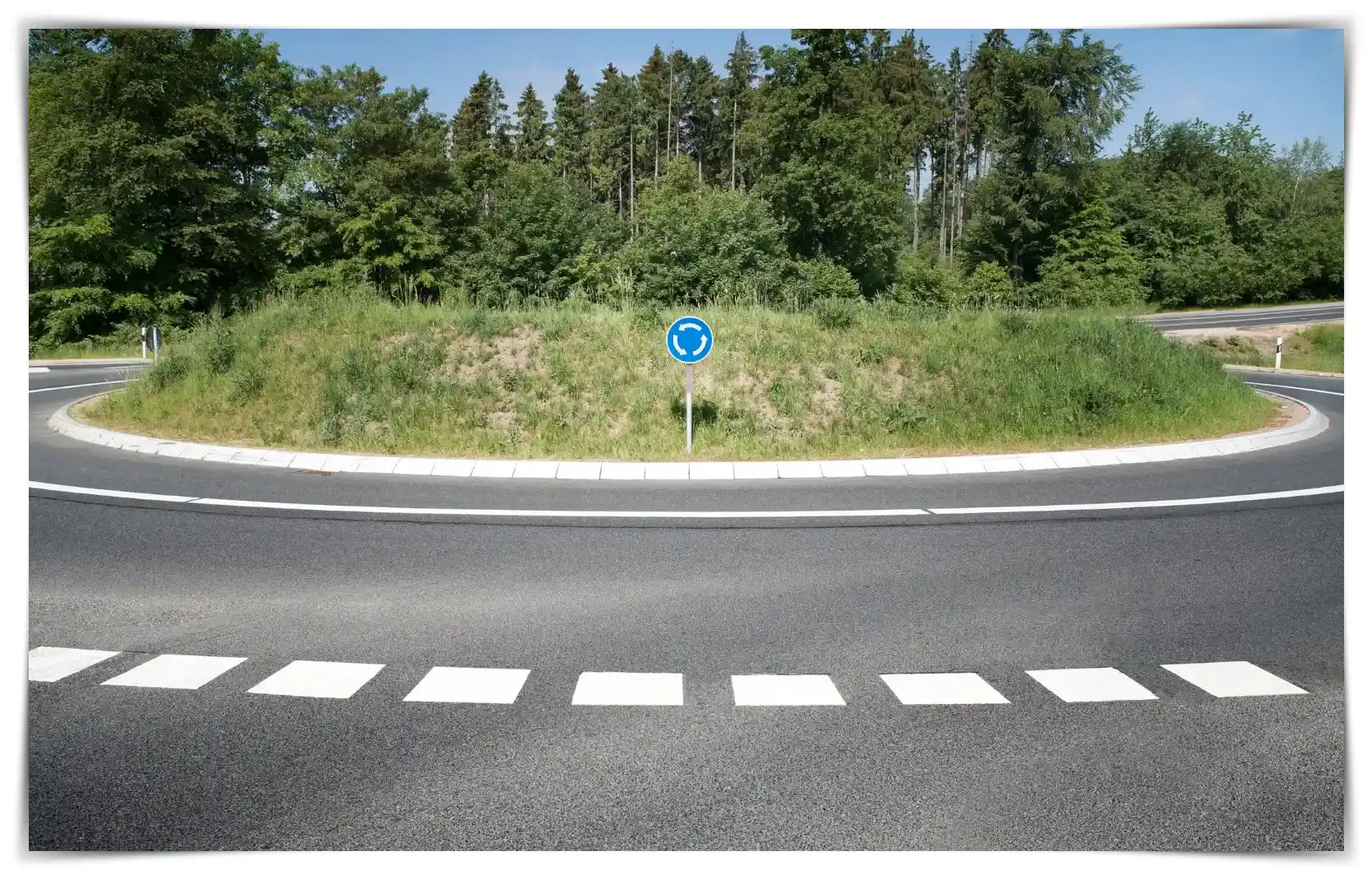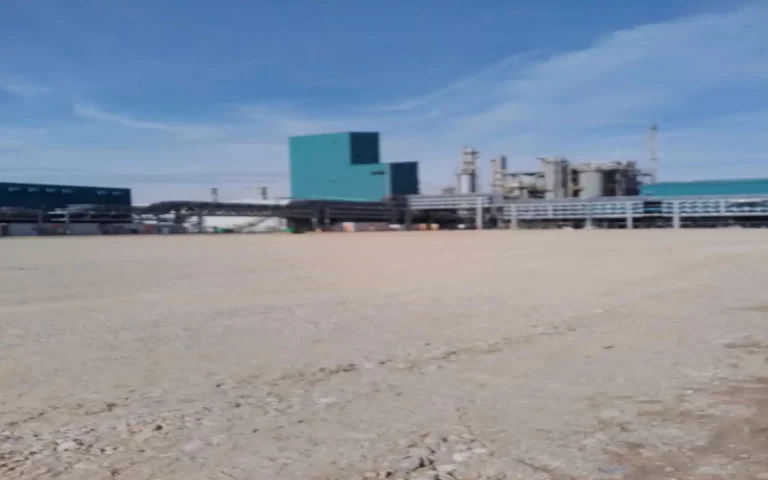Construction Site Engineering- Starting a New Road Roundabout Project
Contents
- 1 Introduction
- 2 Importance of Proper Site Engineering in Road Roundabout Projects
- 3 Step-by-Step Guide to Starting a New Road Roundabout Project
- 3.1 Step 1: Preliminary Works
- 3.2 Step 2: Project Initiation
- 3.3 Step 3: Excavation and Groundworks
- 3.4 Step 4: Structural Works
- 3.5 Step 5: Road Construction
- 3.6 Step 6: Safety Features and Signage
- 3.7 Step 7: Landscaping and Finishing
- 3.8 Step 8: Inspection and Handover
- 3.9 Relevant Legislation in the UK
- 3.10 FAQs
- 3.11 Conclusion
- 3.12 Call to Action
Introduction
In the constantly evolving field of construction, taking the helm of a new road roundabout project signifies the onset of opportunities characterized by innovation and sustainability. As I navigate you through the essential steps in site engineering, it becomes evident that every facet of a road roundabout project is a testament to meticulous planning, a thorough understanding of the subject, and adherence to UK legislation.
Importance of Proper Site Engineering in Road Roundabout Projects
Before delving further into the granular details of our step-by-step guide, it is imperative to underscore the quintessential role that site engineering plays in road roundabout projects. The meticulous application of site engineering principles not only paves the way for a seamless progression of the roundabout project but also fortifies safety and adherence to prevailing legal frameworks.
In this section, I intend to guide you through a myriad of facets that amplify the criticality of proficient site engineering in road roundabout projects, encompassing its role in fostering safety, enhancing traffic fluidity, promoting sustainability, and ensuring economic viability. Let’s explore each aspect in depth:
Ensuring Safety and Reducing Accidents
At the cornerstone of every road roundabout project is the unwavering commitment to safety. Proper site engineering acts as a safeguard, mitigating the risks associated with road accidents. By meticulously designing road geometries, implementing adequate signage, and optimizing sight distances, we can significantly diminish accident rates and protect the lives of road users. I will delve into proven strategies that have historically resulted in safer road networks, showcasing real-life case studies that epitomize success in this domain.
Enhancing Traffic Flow and Reducing Congestion
In the modern era, urban areas are continually grappling with the challenges of congestion. Through adept site engineering, we can alleviate this pervasive issue by designing road roundabouts that facilitate smoother traffic flow. In this segment, I will elucidate the innovative techniques being employed globally to enhance traffic flow and reduce congestion, presenting a comprehensive view of how site engineering serves as a beacon of hope in addressing contemporary urban challenges.
Sustainable and Environment-friendly Solutions
In a world where sustainability is no longer a choice but a necessity, site engineering stands at the forefront of integrating environment-friendly solutions into road roundabout projects. I will navigate you through an array of green technologies and methodologies that are revolutionizing the way we approach road construction, focusing on how these innovations are paving the way for a cleaner, greener future.
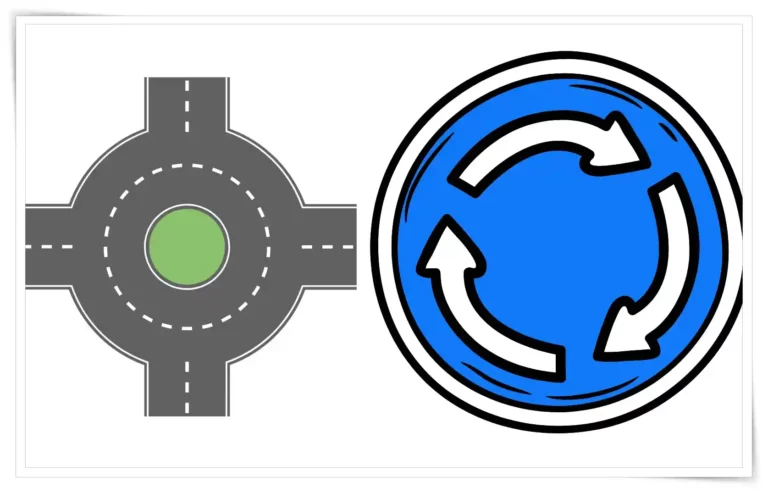
Economic Viability and Long-term Benefits
The economic implications of road roundabout projects are profound, transcending the boundaries of immediate project costs. In this part of our journey, I will illustrate how prudent site engineering can foster economic viability, offering long-term benefits that ripple through the community and beyond. From job creation to enhancing property values, we’ll delve into the multifaceted economic advantages brought forth by well-executed road roundabout projects.
As we traverse through each of these domains, I aim to offer you a rich tapestry of insights and knowledge, drawing from decades of expertise in site engineering. Through this lens, I aspire to foster a deeper appreciation of the intrinsic value that proficient site engineering brings to road roundabout projects, setting the stage for an enriching journey through the subsequent phases of our guide.
Explanation:
- Node
Arepresents the central topic – “Site Engineering in Road Roundabout Projects”. - Nodes
B,C,D, andErepresent the primary benefits detailed in the extended section, branching from the central topic. - Nodes
FtoRdetail specific aspects or results of the primary benefits, branching out further from nodesBtoErespectively. - The
stylelines at the end are used to add colors to the nodes, distinguishing between the central node, primary benefit nodes, and secondary detail nodes.
Step-by-Step Guide to Starting a New Road Roundabout Project
Starting a new road roundabout project necessitates a meticulously orchestrated approach, weaving in a multitude of layers that require keen attention to detail, steadfast adherence to legislation, and unyielding commitment to safety protocols. In this encompassing guide, I am set to navigate you through each stage of initiating a road roundabout project, offering a rich repository of insights on setting out, executing quality and quantity checks, adhering to health and safety measures, and complying with the stringent U.K. legislation that governs these projects.
Step 1: Preliminary Works
The preliminary phase sets the tone for the entire project, where an astute alignment of project objectives, comprehensive site analyses, and strategic planning take centre stage. Here, I delve into each crucial sub-step in this initial phase:
1.1 Project Briefing
Understanding the project objectives, scope, and specifications from the client or governmental body serves as the cornerstone of the roundabout project. It is during this stage that we foster alignment between the envisioned goals and the strategies to be employed throughout the project lifecycle. Furthermore, it sets a precedent for meeting and potentially exceeding the client’s expectations through a well-crafted blueprint that is both realistic and ambitious.
1.2 Site Survey

A rigorous site survey stands as a pivotal element in the preliminary works. It encompasses the collection of vital topographical and geotechnical data, laying the foundation for a project that resonates with both safety and efficiency. The gathered data serve as a compass, guiding the subsequent phases of the project, ensuring every step aligns with the physical characteristics and constraints of the site. Here, I recommend you to read my “Land Survey and Site Surveys: An Effective Comprehensive Guide” article and there you’ll find the methodologies, technologies, and expert insights that make site surveys a beacon of success in road roundabout projects.
Explanation of the Diagram:
- Step 1: Preliminary Works: This is the initial phase of the project where all the preparatory work is undertaken.
- 1.1 Project Briefing: This step involves understanding and defining the project’s objectives, scope, and specifications.
- Understanding Project Objectives: Initial meetings to understand the goals of the project.
- Defining Scope: Establishing the boundaries and requirements of the project.
- Client or Governmental Body Specifications: Understanding the specifications provided by the client or governing body.
- 1.2 Site Survey: This is the stage where detailed surveys are conducted to gather necessary data.
- Topographical Data Collection: Gathering data regarding the physical characteristics of the site.
- Geotechnical Data Gathering: Collecting data concerning the geological aspects of the site.
- Analysis and Report: Analyzing the collected data and compiling it into a comprehensive report.
- 1.1 Project Briefing: This step involves understanding and defining the project’s objectives, scope, and specifications.
Step 2: Project Initiation
2.1 Contractor Briefings
At this critical juncture, we meticulously chart out the roles, responsibilities, and safety protocols that are quintessential to the successful execution of the roundabout project. Collaborative sessions with contractors pave the path for a symbiotic working relationship, fostering a culture of mutual respect and transparency. These briefings often become the breeding ground for innovative ideas, converging expertise from various domains to shape a project that stands as a testament to quality and efficiency.
2.2 Setting Out
In the realm of site engineering, setting out is a pivotal process that sets the stage for all the forthcoming activities. Through my guidance, you’ll grasp the nuances of utilizing state-of-the-art GPS equipment and survey instruments to mark the site boundaries meticulously. The precise demarcation of the roundabout and exits serves as a blueprint, laying a robust foundation for the structural works that will follow, ensuring accuracy and adherence to the project specifications.
On larger construction projects, such as roundabout projects, advanced surveying tools like automatic levels, robotic total stations, laser levels, and GPS-RTK systems play a crucial role in facilitating precise setting-out tasks. However, there are fundamental setting-out skills that can be accomplished without relying on advanced technology.
All that’s needed are some basic tools, including a string line, an accurate spirit level, a tape measure, a set of marker pegs (preferably 12mm steel road pins), and occasionally, a calculator. These tools are typically accessible to most contractors and can be effectively employed to ensure accurate and reliable measurements and layouts on the construction site.
Step 3: Excavation and Groundworks
Let’s now venture into the heart of the operation – the excavation and groundwork phase. This step is where the rubber meets the road, translating plans into tangible progress. Here, we navigate through each intricate procedure, elucidating the rationale and strategic insights that govern these processes.
3.1 Excavation
In the excavation phase, we initiate the hands-on groundwork, a pivotal phase in transforming our plans into reality. Leveraging specialized machinery, we meticulously carve out the designated areas, setting the stage for the ensuing structural works. Real-world insights from successful projects highlight the importance of adopting environmentally friendly excavation techniques, which mitigate adverse impacts on the surrounding ecosystem.
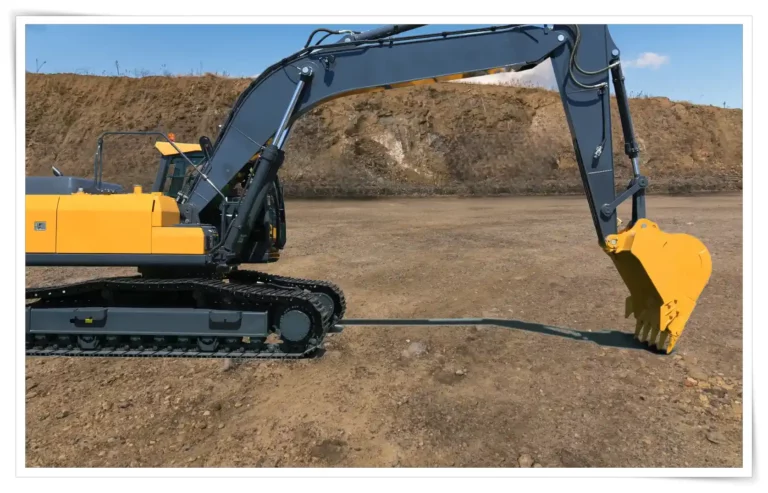
In the preparation phase, it is essential to eliminate all weeds and any undesired organic materials, as well as remove the topsoil. Additionally, soft spots in the ground should be excavated down to the formation level, which serves as the lowest point to commence building a proper foundation. These excavated areas should then be filled with compacted sub-base material to ensure stability.
In cases where weed growth is a concern, it is advisable to treat the excavated subgrade with a general weedkiller like Glyphosate, although it’s unlikely that weeds will penetrate the upper layers of the construction. For situations where deep-rooted and persistent weeds pose a problem, or if there are doubts about the strength and quality of the subgrade, the use of a Geo-membrane can be considered. This Geo-membrane serves as a barrier to prevent weed penetration and provides additional reinforcement to address potential sub-grade issues.
3.2 Subsoil Drainage
During this stage, we engineer a robust drainage system that safeguards the project against water-related complications. Examples from the field illustrate how expertly designed drainage systems prevent water-logging and ensure the longevity of the road infrastructure, showcasing the symbiosis between site engineering and sustainable development.
3.3 Utility Relocation
Occasionally, roundabout projects necessitate the relocation of existing utility infrastructure. In these instances, we coordinate closely with utility companies, orchestrating a seamless transition that ensures uninterrupted service provision to the community. Real-world case studies provide a lens into the complexities and the seamless orchestration that governs these relocations.
3.4 Foundation Work
As we go into the foundation work, I guide you through the selection and preparation of appropriate materials, such as crushed stone, usually 6F2 or 6F5 capping. You’ll witness the meticulous process of ensuring proper compaction and grading, laying a sturdy base that will support the intricate structures to come. This stage stands as a testament to the precision and expertise encapsulated in site engineering, setting a benchmark for quality and durability.
Step 4: Structural Works
Now, let us illuminate the intricate structural facets that are the backbone of road roundabout projects. In this segment, we transcend beyond mere construction, crafting structures that are both resilient and aesthetically pleasing.
4.1 Kerbing and Drainage Channels
In this stage, is starting the proper construction of kerbing and drainage channels, integral components that facilitate proper water runoff and prevent road flooding. These structures embody the perfect blend of functionality and aesthetics, enhancing the overall appeal of the roundabout.
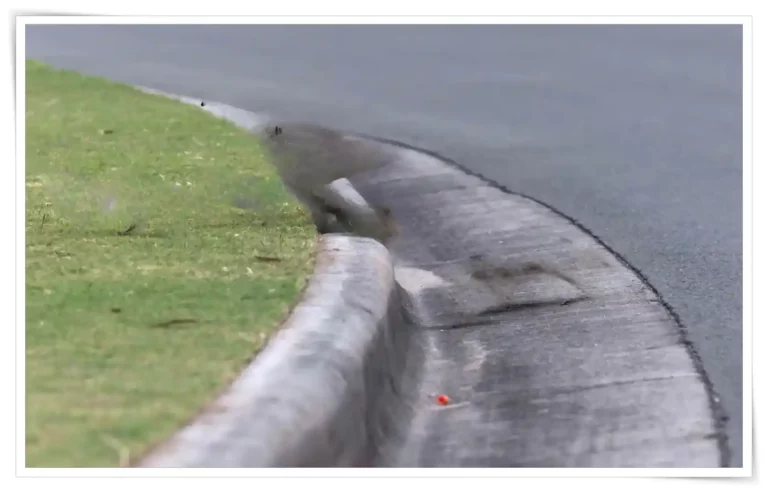
4.2 Retaining Walls
Erecting retaining walls is a nuanced process that demands expertise and precision. These structures serve a dual purpose, supporting the road infrastructure while preventing soil erosion. Through this segment, I provide a glimpse into the scientific and artistic dimensions of crafting retaining walls that are both sturdy and aesthetically complementing the roundabout’s design.
Step 5: Road Construction
The fifth phase of our journey in site engineering of a road roundabout project entails the meticulous construction of the road itself. It is a step where the synergies of various elements come into play, paving the way for a structure that promises both durability and finesse. As we forge ahead, let’s delve deeper into each facet that contributes to building a road that stands the test of time and serves the community proficiently.
5.1 Sub-base Layer
Our first task is to lay a robust sub-base layer, the unsung hero that provides structural support to the subsequent layers, such as the Type 1 sub-base. Using scientifically vetted materials, we ensure that the sub-base is compacted adequately to withstand the traffic loads it will eventually bear. It’s a stage where we combine science and precision to craft a layer that promises durability. In this endeavour, site engineering plays a pivotal role in selecting materials that not only offer structural integrity but also align with environmental sustainability, a testament to our commitment to crafting infrastructures that are in harmony with nature.
The sub-base layer typically serves as the primary load-bearing component of a pavement system. Its primary purpose is to distribute the weight of the pavement and any traffic that traverses it evenly across the sub-grade beneath. An effectively constructed sub-base layer offers several advantages, including aiding in proper drainage, preventing settling, and eliminating channelization – a common issue seen in low-quality block paving installations, where depressions or “ruts” form due to repetitive traffic patterns, such as daily travel to a garage.
Channelization is also noticeable on roadways, especially near traffic lights and uphill sections. The sub-base layer is engineered to counteract these issues and maintain a stable surface.
The sub-base layer functions by dispersing a concentrated load over a larger area. The interlocking structure between adjacent particles of the sub-base material ensures that even a relatively thin layer of appropriately crushed aggregate can significantly enhance the ground’s capacity to support heavy loads.
It’s crucial not to underestimate the load-bearing capacity of a 100mm sub-base layer. With just a few centimeters of the right type of material, compacted correctly, it can transform an unstable sub-grade prone to rutting into a robust surface capable of accommodating cars and other vehicles. This transformation occurs through a process known as “Load Spreading,” where the granular material spreads the concentrated loads over a much wider area, enabling the support of substantial loads without experiencing settling or permanent deformations.
5.2 Base Layer
As we progress, the next milestone is the installation of the base layer. Here, I guide you through the intricacies of ensuring that it adheres to the requisite thickness and quality standards. Utilizing cutting-edge technology, we lay a base that promises resilience and longevity. It’s a process that embodies precision, where each inch laid is a step towards crafting a roadway that promises smooth journeys for years to come.
This layer serves as a crucial load-bearing component of the pavement and ideally should measure at least 40mm in thickness, with a preference for a 50mm thickness. The material used for this binder course is coarser in texture compared to the wearing course. It typically consists of 20mm or 28mm aggregate mixed with a bitumen binder, commonly referred to as Dense Bitumen Macadam (DBM). In situations like public highways and other high-traffic areas, the binder course may have an additional base layer beneath it.
For binder courses ranging from 50mm to 80mm in thickness, a 20mm DBM material is recommended. When the binder course needs to be thicker, within the range of 70mm to 150mm, opting for 28mm DBM material is advisable. It’s essential to lay the binder course material evenly, maintaining a reasonable level with a tolerance of ± 10mm. This material should then be thoroughly rolled and compacted before proceeding with the application of the wearing course. In cases where larger areas need to be covered, specialized paver machines designed for bituminous material application are often employed. This method typically results in a more accurate and level surface compared to manual laying techniques.
5.3 Wearing Course
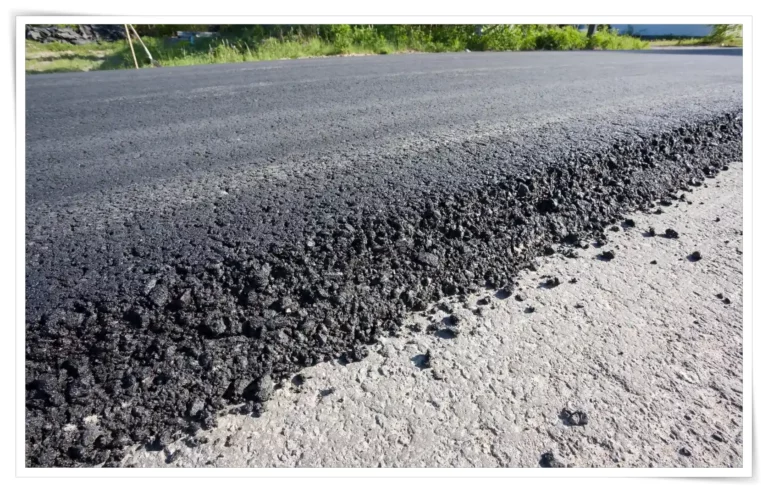
At this juncture, we, are often referred to as the binder. This layer is the face of the road, a tactile interface between the surface course and the infrastructure. Through my guidance, you’ll comprehend the technology that governs the laying of this layer, ensuring a surface that offers uniformity and supreme quality.
When the surface course is scheduled to be applied immediately after or shortly following the base course, these layers will naturally bond together. However, in cases where a significant delay, lasting more than one week, is anticipated between the completion of the base course and the installation of the wearing course, it becomes necessary to seal the base course using a specialized sealing grit.
Sealing grit is composed of bitumen-coated grit particles, typically around 3mm in size. It is evenly spread across the compacted surface of the base course and then brushed in, filling any gaps or voids within the base course. This process serves the purpose of preventing these gaps from being filled with mud or any other undesirable contaminants during the waiting period.
Before applying the final wearing course, which could be several weeks or even months later, it’s essential to coat the base course with a bonding emulsion. This step ensures proper adhesion between the base and wearing courses, enhancing the overall durability and performance of the pavement.
5.4 Surface Course
The surface course is the topmost layer of a bituminous pavement, the part that is visible and subjected to traffic. Its smoothness is crucial, particularly for higher-speed roadways, though it holds significance for residential driveways as well. Typically, a macadam surface course comprises small, durable aggregates, usually measuring 6mm or 10mm, bound together with bitumen or asphalt.
Alternatively, an asphalt surface course, sometimes referred to as a sand carpet or asphalt carpet, can be employed. This material is manufactured in a batch plant following a specific recipe, which includes selected sands and grits mixed into an asphalt matrix. Coated chippings are then spread and rolled into the asphalt during the compaction process. Depending on the project’s size and accessibility, this surface course may be applied either by machinery or manually.
For the wearing course, it’s essential that it reaches a minimum thickness of 20-25mm when compacted, and it should maintain a level within a tolerance of ± 6mm. The finished surface should exhibit no roller marks. It is recommended to have a minimum fall of 1:80 for tarmac areas, although a fall within the range of 1:40-1:60 is preferable to ensure proper drainage.
5.5 Quality Checks
As we approach the finale of the road and roundabout construction phase, quality checks stand as a gatekeeper, ensuring that each layer complies with the predetermined standards. Through a series of rigorous inspections and tests, we ascertain that the road is poised to meet the expectations set forth. In this segment, I will take you through the various quality control mechanisms that are in place, offering a lens into the world of site engineering where quality is not just a requirement, but a commitment. These checks stand as a testimony to the diligence and expertise that go into crafting road roundabout projects that are synonymous with excellence and safety.
Step 6: Safety Features and Signage
As we progress further into the intricacies of the road roundabout project, it becomes exceedingly vital to underscore the importance of safety features and effective signage, pivotal components that play a central role in safeguarding road users. In this step, our site engineering expertise shines through as we integrate safety elements with utmost precision, adhering closely to the guidelines set forth by the Department for Transport (DfT). Let’s journey through the two paramount stages of this process: Let’s journey through the two paramount stages of this process:
6.1 Safety Barriers
Safety is at the forefront of any road construction project, and installing safety barriers is an indispensable part of the process. These barriers are meticulously designed to absorb impact, thereby reducing the risk of severe injuries in case of accidents. During this phase, I will walk you through the science behind these barriers, shedding light on how they are strategically placed to protect pedestrians and motorists alike.
Following the stringent guidelines of the DfT, we ensure that these barriers not only offer protection but also seamlessly blend with the road’s design, maintaining the aesthetic coherence. Moreover, crash cushions are integrated at vital points, an innovation that significantly reduces the impact forces during a collision, potentially saving lives.
I invite you to understand more the intricacies involved in selecting the right materials and the state-of-the-art technology used in installing these barriers, an initiative that stands as a testament to our unwavering commitment to safety.
6.2 Road Markings and Signage

As we transition to the installation of road markings and signage, we enter a phase where we guide road users subtly yet effectively, ensuring smooth traffic flow and minimizing confusion. Through my guidance, you’ll explore the art and science behind crafting effective road markings, a process that demands a perfect blend of visibility and durability.
Adhering to the stipulations outlined in the Traffic Signs Regulations and General Directions 2016, we venture into a world where signs speak volumes, guiding road users safely and efficiently. This segment will open your eyes to the meticulous planning and precision involved in installing signage, where each sign is strategically positioned to offer maximum visibility and impact.
Step 7: Landscaping and Finishing
At this stage, we transition from the heavily mechanical and structural phase to give the road roundabout project a polished, professional finish that not only serves functional purposes but also enhances the aesthetic and environmental quality of the site. Here, I elucidate the crucial processes involved in this stage:
7.1 Landscaping
Our objective transcends beyond mere beautification. It is a meticulous process that intertwines with the environmental consciousness which is the hallmark of contemporary site engineering.
Planting: Embark on a greening journey where we strategically plant trees, shrubs, and flowers native to the area. These plantations not only add a splash of color but also contribute to reducing the carbon footprint.
Sustainable Practices: Incorporate sustainable practices such as rain gardens and permeable pavements that help in managing stormwater runoff effectively, thus preventing potential flooding issues.
Aesthetics and Community Integration: Develop spaces that are visually appealing and foster community interaction, possibly integrating art installations or sitting areas that invite people to use and appreciate the space.
Maintenance Plan: Develop a maintenance plan that ensures the landscape remains vibrant and healthy, detailing routines for pruning, watering, and other necessary care.
7.2 Lighting
Lighting is not just about illuminating the space but creating a safe and secure environment for both the motorists and pedestrians. Here, we meticulously approach the lighting aspect to marry functionality with aesthetic appeal.
Safety First: Prioritize safety by ensuring the lighting system delineates the road clearly, preventing accidents and aiding in smooth traffic flow during the night.
Energy Efficiency: Embrace energy-efficient lighting solutions that not only reduce electricity consumption but also minimize light pollution, thus being gentle on the environment.
Aesthetic Illumination: Install decorative lighting to highlight landscaping features and create a pleasant ambiance, making the roundabout a local landmark.
Adherence to DfT Standards: As always, our approach aligns with the guidelines and standards outlined by the Department for Transport (DfT), ensuring a seamless integration into the broader road network system.
Step 8: Inspection and Handover
As we near the completion of the project, it is paramount that the final product not only meets the expectations set forth in the initial stages but also stands as a testimony to quality and excellence in site engineering. Here, I guide you through the final steps, crucial to wrapping up the project successfully:
8.1 Inspection
A vital process in ensuring the integrity and safety of the project. Here, we collaborate closely with relevant authorities to scrutinize every aspect of the construction. The process entails:
Safety Inspections: Conduct comprehensive safety inspections to identify and mitigate any potential hazards. These inspections encompass examining the structural integrity, roadway safety, and functionality of installed features.
Quality Audits: Undertake quality audits to ensure that all works align with the predetermined standards and specifications outlined in the project documentation.
Certification: Acquire necessary certifications from competent authorities, affirming the project meets the required safety and quality standards.
Documentation: Prepare detailed documentation highlighting the inspections carried out, the results, and the approvals obtained, offering transparency and a record of compliance.
8.2 Handover
The culmination of months of meticulous planning and execution is witnessed during the handover stage. Here we undertake the following steps:
Completion Report: Develop a comprehensive completion report, outlining the project’s achievements, challenges faced, and the solutions implemented.
As-Built Drawings: Provide as-built drawings that accurately depict the final construction details, offering a precise blueprint of the executed project.
Quality Assurance Reports: Submit quality assurance reports, consolidating all the checks and measures undertaken throughout the project to guarantee the highest quality standards.
Official Handover: Facilitate the official handover ceremony, transferring the ownership of the project to the client or governmental body, marking the project’s successful completion.
8.3 Post-Construction Review
Even after the project’s conclusion, our commitment to excellence continues. The post-construction review process involves:
Feedback Collection: Engage with various stakeholders, including the client, end-users, and community members to collect feedback on the project’s impact and performance.
Lessons Learned: Document lessons learned throughout the project’s lifecycle, identifying areas of success and opportunities for improvement in future projects.
Continuous Improvement: Utilize the insights gained from the review to foster continuous improvement, honing strategies and methodologies for future projects.
Community Integration: Assess the project’s integration with the community and its impact on the local environment and populace, aiming for harmonious and beneficial co-existence.
Relevant Legislation in the UK
Adhering to UK legislation isn’t just about compliance; it is about fostering a culture of safety, sustainability, and responsibility in every road roundabout project. In this section, I encapsulate the key legislative documents and guidelines that sculpt the framework of site engineering in the UK.
The Highways Act 1980: A seminal piece of legislation, this act stipulates the roles and responsibilities associated with the management and operation of highways, including newly constructed roundabouts. You can delve deeper into this legislation through the official document.
The Road Traffic Regulation Act 1984: This act outlines the provisions concerning the regulation of road traffic. It plays a pivotal role in ensuring the safe and systematic flow of traffic in roundabouts. Access the details here.
The Traffic Signs Regulations and General Directions 2016: This recent regulation delineates the specifics concerning the installation of road signs and markings, which is a critical aspect of road roundabout projects. Explore the regulation more thoroughly here.
The Health and Safety at Work etc. Act 1974: As the backbone of occupational safety in the UK, this act outlines the duties of employers towards health and safety, which extend to construction sites as well. Deep dive into the statute here.
The Construction (Design and Management) Regulations 2015: These regulations lay out the health and safety standards in construction projects, providing guidance on planning and management, with a strong focus on risk management. Find more information here.
The Environmental Protection Act 1990: A linchpin in the safeguarding of the environment, This act informs the environmental strategies employed in road roundabout projects. Learn more through the official document.
Table: Hyperlinked Reputable Sources
| Source | Description |
| GOV.UK | Official site for UK legislations and guidelines pertaining to site engineering and road constructions |
| ICE | Institution of Civil Engineers: Resources and insights on site engineering |
| The Chartered Institute of Building | Access a wealth of resources on construction management and best practices |
| Construction Industry Council | Articles and case studies on successful road roundabout projects |
FAQs
In this segment, we aim to shed light on some of the most frequently asked questions that crop up when discussing site engineering and road roundabout projects. We believe that addressing these queries will offer a deeper understanding of the nuances involved in such projects.
Q1: What are the primary considerations when planning a road roundabout project?
Traffic Analysis: Understanding the existing and projected traffic flows to determine the size and design of the roundabout.
Safety Measures: Incorporating safety elements like adequate signage, lighting, and pedestrian crosswalks to reduce accidents and ensure smooth traffic flow.
Environmental Impact: Assessing and mitigating the potential environmental impacts of the project, including noise pollution, habitat disruption, and carbon emissions.
Budget and Funding: Crafting a realistic budget that encompasses all stages of the project, along with securing necessary funding.
Legal Compliance: Ensuring adherence to the prevailing legal frameworks and obtaining necessary permits and approvals before commencing with the project.
Q2: How does site engineering enhance the safety and efficacy of road roundabouts?
Design Optimization: Site engineering enables the creation of optimized designs that facilitate smoother traffic flow and reduce congestion, thus enhancing safety.
Quality Materials: By focusing on the use of quality materials, site engineering ensures that the structures are durable and can withstand everyday wear and tear, reducing the likelihood of accidents.
Advanced Technology: Leveraging advanced technology, site engineers can predict potential problem areas and create solutions before issues arise, making the road roundabouts safer and more efficient.
Professional Expertise: Site engineers bring professional expertise to the table, offering solutions that adhere to the highest safety and quality standards.
Q3: What are the environmental considerations in a roundabout project?
Emission Reduction: Implementing strategies to reduce emissions during construction and facilitating smoother traffic flows to minimize vehicular emissions post-completion.
Noise Management: Employing noise management strategies to mitigate noise pollution in the surrounding areas, including the use of noise barriers where necessary.
Green Landscaping: Integrating green spaces and landscaping into the project to not only enhance aesthetics but also contribute to local biodiversity and improve air quality.
Sustainable Materials: Opting for sustainable and environmentally friendly materials to reduce the project’s carbon footprint and encourage eco-friendly practices.
Water Management: Developing effective water management strategies to prevent water pollution and ensure proper drainage, thereby protecting local water bodies and ecosystems.
Conclusion
As we journey through the completion of a roundabout project, it becomes evident that the world of site engineering is a complex yet fascinating domain. Every step, from preliminary planning to the final inspection and handover, signifies a commitment to excellence, safety, and innovation. As I conclude this comprehensive guide, I invite you to delve deeper, explore more, and join the conversation that champions responsible and innovative site engineering in the UK.
Call to Action
Your insights and experiences are invaluable. I invite you to share your thoughts and comments below. If you found this article enriching, don’t hesitate to explore other related articles and watch my YouTube video, “🌐 Unraveling Land Survey Services 📐 U.K. Midlands”.

